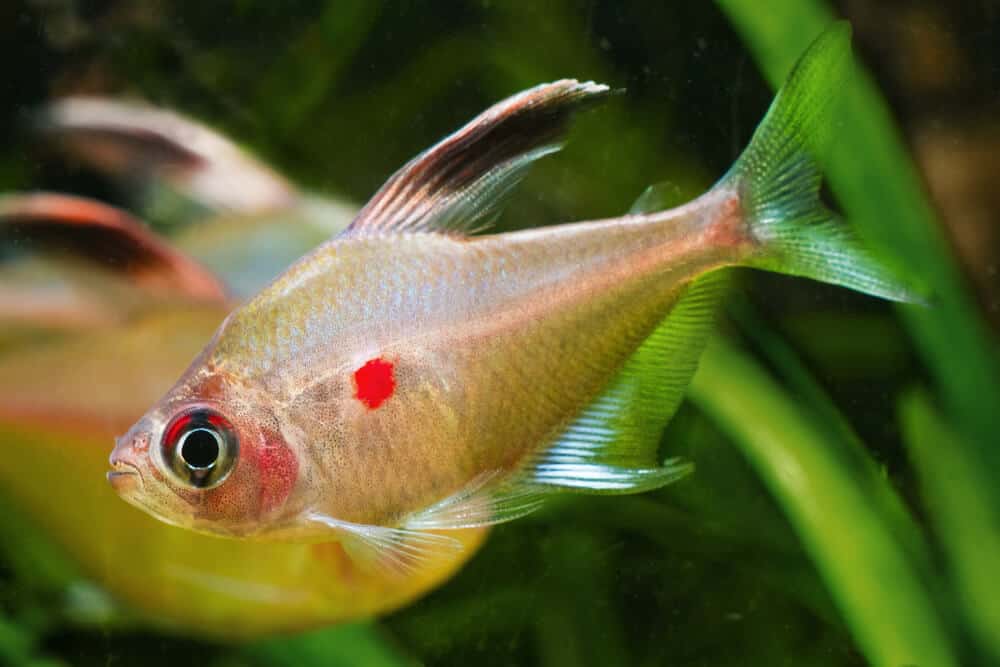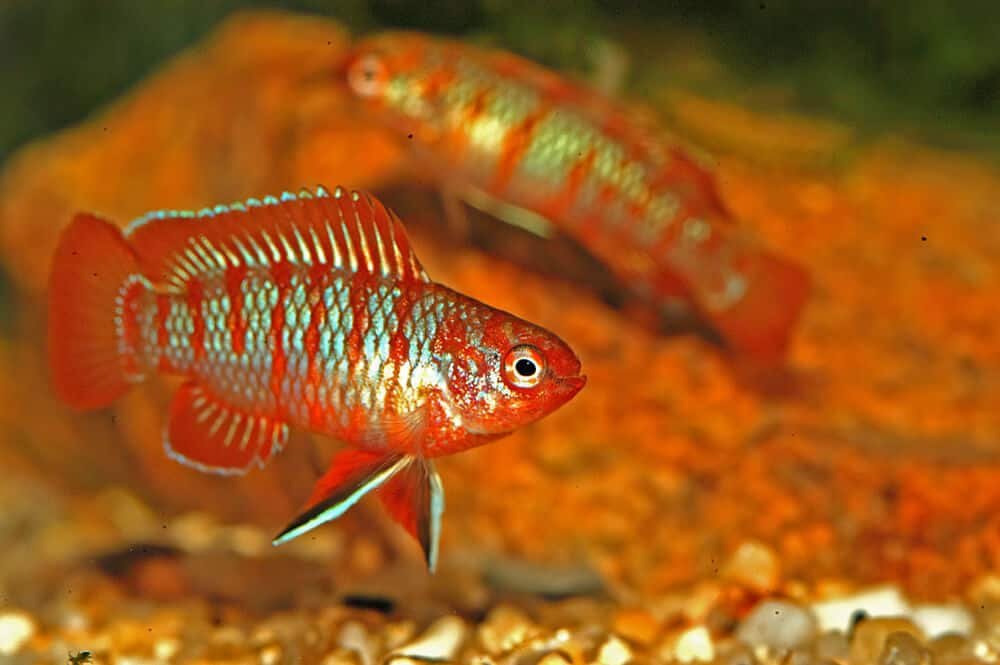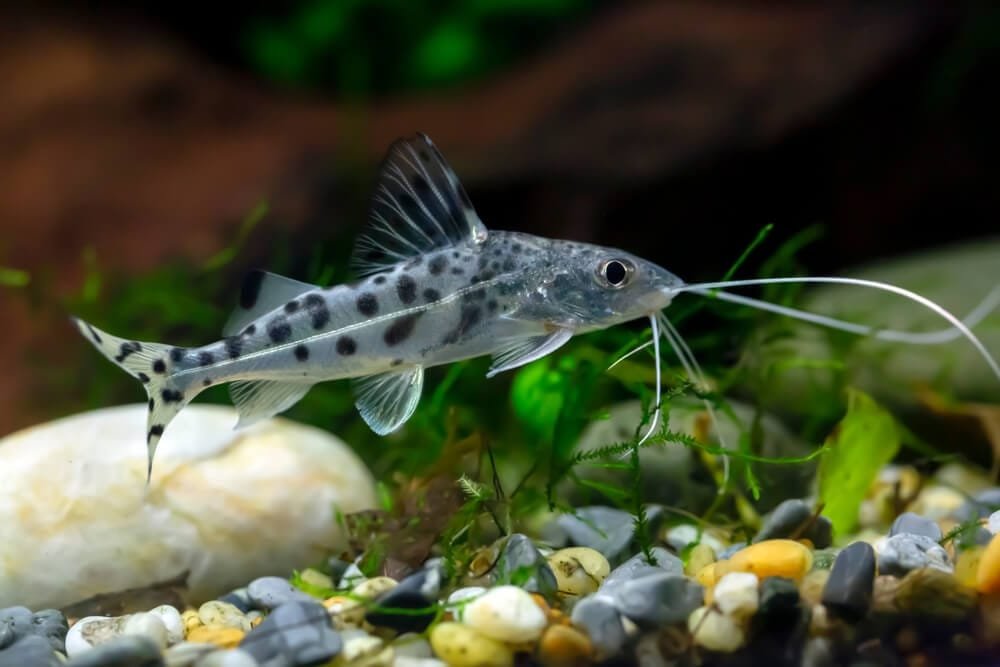How To Care For Kuhli Loach?
You’ve just brought home a new pet – a vibrant and captivating Kuhli Loach. As you stare into their bold, striped patterns, you can’t help but feel a sense of responsibility to provide the utmost care for these mesmerizing creatures. But fear not, for this article will guide you through the essential steps in caring for your beloved Kuhli Loach, ensuring their health and happiness in their new aquatic environment. From setting up the perfect tank to creating the right diet, get ready to embark on a journey of becoming a caring and knowledgeable Kuhli Loach owner.
Housing Requirements
Tank Size
When it comes to housing Kuhli Loaches, you’ll want to provide them with a spacious environment to thrive in. A tank size of at least 20 gallons is recommended for a group of Kuhli Loaches. These loaches are known for their playful and active nature, so a larger tank will allow them to swim around and explore to their heart’s content.
Substrate
Choosing the right substrate is crucial for the well-being of your Kuhli Loaches. Opt for a fine sandy or smooth substrate, as these bottom-dwellers love to burrow and sift through the substrate in search of food. Avoid using sharp or rough gravel that might injure their delicate bodies.
Filtration
Considering the efficient filtration of the tank water is essential for the overall health of your Kuhli Loaches. These loaches produce a fair amount of waste, so a strong and reliable filtration system is a must. Additionally, using a sponge pre-filter on the intake of the filter can prevent tiny Kuhli Loaches from getting sucked in.
Water Parameters
Maintaining proper water parameters is crucial for the well-being of your Kuhli Loaches. Aim for a temperature range of 75-85°F (24-29°C) and a pH level between 6.0-7.5. It is important to regularly monitor the ammonia, nitrite, and nitrate levels to ensure optimal water quality. Conducting regular water tests and performing necessary water changes are vital for creating a healthy aquatic environment for your loaches.
Social Behavior
Group Size
Kuhli Loaches are social creatures that thrive in groups. It is recommended to keep them in groups of at least 6 individuals. Being in a group helps them feel more secure, reduces stress, and encourages natural behaviors. A larger group will also provide more social interactions and playful behavior.
Tankmates
When selecting tankmates for your Kuhli Loaches, it is essential to choose peaceful and non-aggressive species. Avoid keeping them with large, aggressive fish that may view the loaches as food or pose a threat. Instead, opt for small to medium-sized community fish such as tetras, guppies, or Corydoras catfish. In a well-planned community tank, Kuhli Loaches can coexist peacefully and contribute to the overall vibrancy of the aquarium.
Feeding
Dietary Needs
Kuhli Loaches are bottom-dwelling scavengers with a voracious appetite. In their natural habitat, they feed on small invertebrates, worms, and other organic matter. To ensure their optimal health, it is important to provide them with a varied diet. High-quality sinking pellets, frozen or live foods such as bloodworms, brine shrimp, and daphnia, as well as vegetables like blanched zucchini or spinach, can all be part of their diet.
Feeding Schedule
To mimic their natural feeding behavior, it is recommended to feed Kuhli Loaches in the evening or just before turning off the tank lights. Since they are nocturnal creatures, feeding them during their active period will allow them to eat comfortably and exhibit their natural behaviors. Feed them small portions that can be consumed in a few minutes, removing any uneaten food to prevent water quality issues.
Tank Setup
Plants and Décor
Creating a well-decorated tank will provide Kuhli Loaches with plenty of hiding spots and mental stimulation. Live plants, driftwood, and smooth rocks can be excellent additions to their habitat. Plants like Java moss and Anubias not only enhance the aesthetic appeal but also provide hiding places for these shy loaches. Ensure that the plants and décor do not have sharp edges or rough surfaces that may harm their delicate bodies.
Water Flow
Kuhli Loaches prefer slow to moderate water flow. Creating gentle currents with the help of a sponge or adjustable filter canister will ensure they feel comfortable and allows them to swim with ease. Excessive water flow can be stressful and tiring for these loaches, so it is important to strike the right balance.
Lighting
Kuhli Loaches do not have any specific lighting requirements. However, providing a natural day/night cycle with a regular lighting schedule is beneficial for their overall well-being. Consider using a timer to maintain a consistent lighting period and avoid keeping them in complete darkness or constant bright light.
Water Maintenance
Water Changes
Regular water changes are essential for maintaining optimal water quality. Aim for weekly water changes of around 20-30% to remove accumulated waste and toxins. During the water change, be careful not to disturb the substrate too much, as Kuhli Loaches may bury themselves in the gravel or sand.
Water Quality Testing
Performing regular water quality tests is crucial for detecting any potential issues and taking appropriate actions promptly. Use a reliable water testing kit to monitor parameters such as ammonia, nitrite, nitrate, pH, and hardness. By keeping these levels in check, you can prevent any negative impacts on your loaches’ health.
Water Conditioners
When preparing tap water for water changes, make sure to use a water conditioner to remove harmful chlorine, chloramine, and heavy metals. It is vital to choose a water conditioner that is safe for both fish and invertebrates. Following the manufacturer’s instructions, add the appropriate amount of conditioner to ensure the water is safe and suitable for your Kuhli Loaches.
Health and Disease
Signs of Good Health
A healthy Kuhli Loach exhibits some key signs. Look for clear and bright eyes, a plump and rounded body, smooth and intact fins, and active swimming behavior. Regularly observing their behavior and appearance will help you detect any signs of stress or illness early on.
Common Diseases
Kuhli Loaches are generally hardy fish, but like any other aquatic species, they are susceptible to certain diseases. Some common diseases include ich (white spots), fin rot, fungal infections, and parasitic infections. These can be caused by poor water quality, stress, or the introduction of infected tankmates. Monitoring water parameters and maintaining good tank hygiene can significantly reduce the chances of your loaches falling ill.
Prevention and Treatment
Prevention is always better than cure when it comes to the health of your Kuhli Loaches. Provide them with a clean and well-maintained environment, a balanced diet, and a suitable group size. Quarantine new additions before introducing them to the main tank to prevent the spread of diseases. If needed, consult a knowledgeable aquatic veterinarian for diagnosis and appropriate treatment options.
Breeding
Separating Breeders
If you are interested in breeding Kuhli Loaches, it is important to separate potential breeders into a dedicated breeding tank. Choose healthy and mature individuals and preferably maintain a ratio of two males to three or more females. Providing them with suitable conditions, such as a slightly higher temperature and quality food, can encourage breeding behavior.
Breeding Tank Setup
The breeding tank should ideally be a separate aquarium with appropriate water parameters and hiding spots. Utilize fine-leafed plants or spawning mops for the loaches to deposit their eggs. The tank should also have gentle filtration and lowered water levels to simulate their natural breeding habitat.
Egg Care
After spawning, adult Kuhli Loaches should be removed from the breeding tank to prevent them from eating the eggs. If successful, the eggs will hatch within a week or so, depending on the water temperature. The fry can be fed with infusoria or commercially available liquid fry food until they are large enough to consume newly hatched brine shrimp or microworms.
Handling and Acclimation
Acclimating to New Aquarium
When introducing new Kuhli Loaches to your aquarium, it is vital to properly acclimate them to avoid any stress or shock. Float the bag containing the loaches in the tank for around 15-20 minutes to allow the temperature to equalize. Then, gradually add small amounts of tank water to the bag over a period of 2-3 hours until the water volume in the bag doubles. Finally, use a net to gently transfer the loaches into the tank.
Handling with Care
Kuhli Loaches are delicate and sensitive to rough handling, so it is important to handle them with care. When catching or moving them, use a soft and fine mesh net to avoid injuring their fragile bodies. Avoid grabbing or squeezing the loaches, as this may cause stress or injury. Always be gentle and patient while handling these beautiful creatures.
Common Mistakes
Overfeeding
One common mistake that many fishkeepers make is overfeeding their Kuhli Loaches. Overfeeding not only leads to poor water quality but can also cause bloating, swim bladder issues, and other health problems. Feed them small portions once or twice a day, ensuring that the food is fully consumed within a few minutes.
Inadequate Hiding Places
Kuhli Loaches are naturally shy and reclusive beings, and without adequate hiding places, they may become stressed and feel vulnerable. Insufficient plants, caves, or other hiding spots can negatively impact their overall well-being. Make sure to provide plenty of places where the loaches can retreat and feel secure.
Incompatible Tankmates
Choosing incompatible tankmates can lead to stress, aggression, and even physical harm to your Kuhli Loaches. Avoid keeping them with larger, aggressive fish or species known for nipping fins. Research thoroughly before selecting tankmates, and opt for peaceful community fish that share similar water requirements.
Frequently Asked Questions
How long do Kuhli Loaches live?
With proper care and a healthy environment, Kuhli Loaches can live up to 10 years or even longer. Providing them with suitable tank conditions, a balanced diet, and a stress-free environment can contribute to their longevity.
Can Kuhli Loaches be kept alone?
While Kuhli Loaches can survive alone, it is not recommended to keep them in solitary confinement. They are social creatures that thrive in the company of their own kind. Keeping them in a group of at least 6 individuals allows them to exhibit their natural behaviors, reduces stress, and promotes overall well-being.
Do Kuhli Loaches require a heater?
Kuhli Loaches are tropical fish and require a stable temperature range of 75-85°F (24-29°C). In most cases, a heater is necessary to maintain the desired temperature. It is important to monitor and adjust the temperature accordingly, especially during colder months or in environments with fluctuating room temperatures.
By following these guidelines and taking the time to understand the specific needs of Kuhli Loaches, you can provide them with a safe, comfortable, and stimulating habitat. Watching these charming loaches thrive in your well-maintained aquarium will undoubtedly bring you joy and satisfaction as a fishkeeper.







